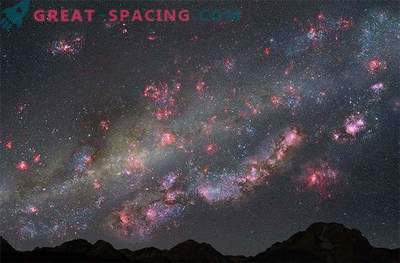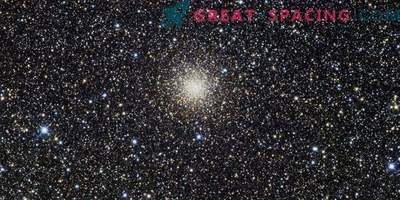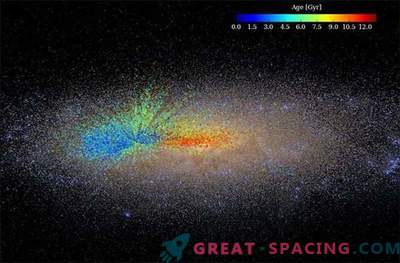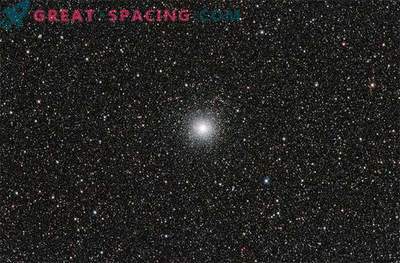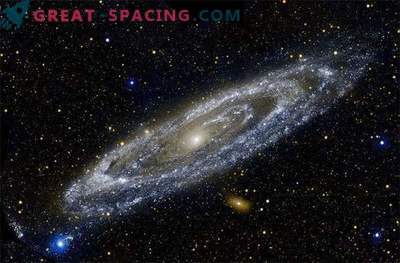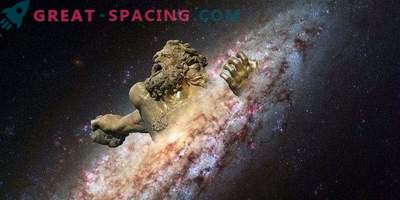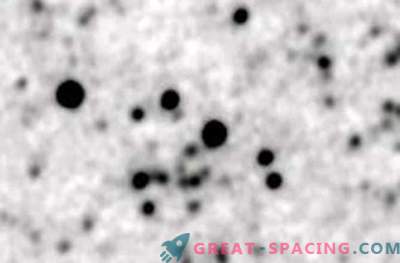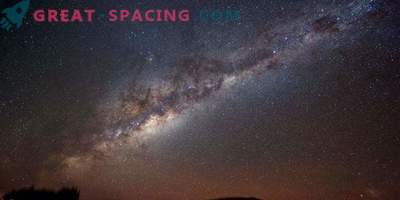
The new map of the Milky Way showed an amazing fact about the stars living in our Galaxy - almost a third of them went far from their places of birth. This discovery was made by astronomers with the help of Sloan Digital Sky Survey-III (SDSS), a powerful spectroscope that “deciphered” the spectrum of chemical elements of stars within our Galaxy abounding in a variety of elementary particles. And it turns out that, 30 percent of the stars studied, migrated far from their native places.
"We were able to study the properties of nearly 70,000 stars in our galaxy for this study, using the innovative capabilities of the SDSS infrared spectrograph," said a press release from the scientist and co-author of the study, Donald Schneider of Penn State University, Pennsylvania. "This research is something akin to archeology - galactic archeology. The data revealed the" stellar history "of galactic migrants: the place of birth, movement and composition of cosmic bodies."
Like any population, stars are born and eventually die: heavy elements can be found at the locations of each progressive star cluster. Spectroscopic analysis of any star is similar to the way its age is determined using rings on a tree cut. Likewise, but for stars, the "chemical imprint" of their atmospheres can show where and when they were formed in our galaxy. "The stellar spectra show us that the chemical composition of the galaxy is constantly changing," added astronomer John Holtzman, from the state university in New Mexico. "Stars accumulate heavier elements in their cores, and when a star’s life ends, these heavy elements turn into a gas from which a new star will be formed."
"In our modern world, many people move away from their homes, sometimes for long distances," said Michael Hayden, also an employee of the NMSU and author of a study published in the Astrophysical Journal. "Now the same is true of the stars in our galaxy. About 30 percent of these space objects have retired long distances from the places where they were born."
Researchers at the Apache Point Observatory Galactic Evolution Explorer (APOGEE), on the basis of data obtained from a spectroscope, found fifteen chemical elements (iron, silicon, carbon) that were part of stars scattered throughout the galaxy. They were convinced that these chemical elements are present precisely in those thirty percent of star migrants.
As the scientist Joe Bovi, from the Advanced Research Institute, Toronto, said: "The stars located in the middle of the Milky Way have light elements in their composition; while the stars located to the edge of this cluster mostly contain heavier elements." It is possible that such a migration model on the map of the Milky Way, can serve as a model for our entire galaxy. The difference in the mass distribution of celestial bodies may explain the internal and external migration of stars, for example, in the spiral arms of the Milky Way. Although evidence of stellar migration near the solar system has long been discovered, but the fact that this property is inherent in the entire galaxy is demonstrated for the first time.
Stephen Mayevsky, a researcher taking part in the spectral analysis of stars, suggested that once all the spectrographic results are fully obtained, they will be able to more clearly understand the chemical composition and structure of our Galaxy.


